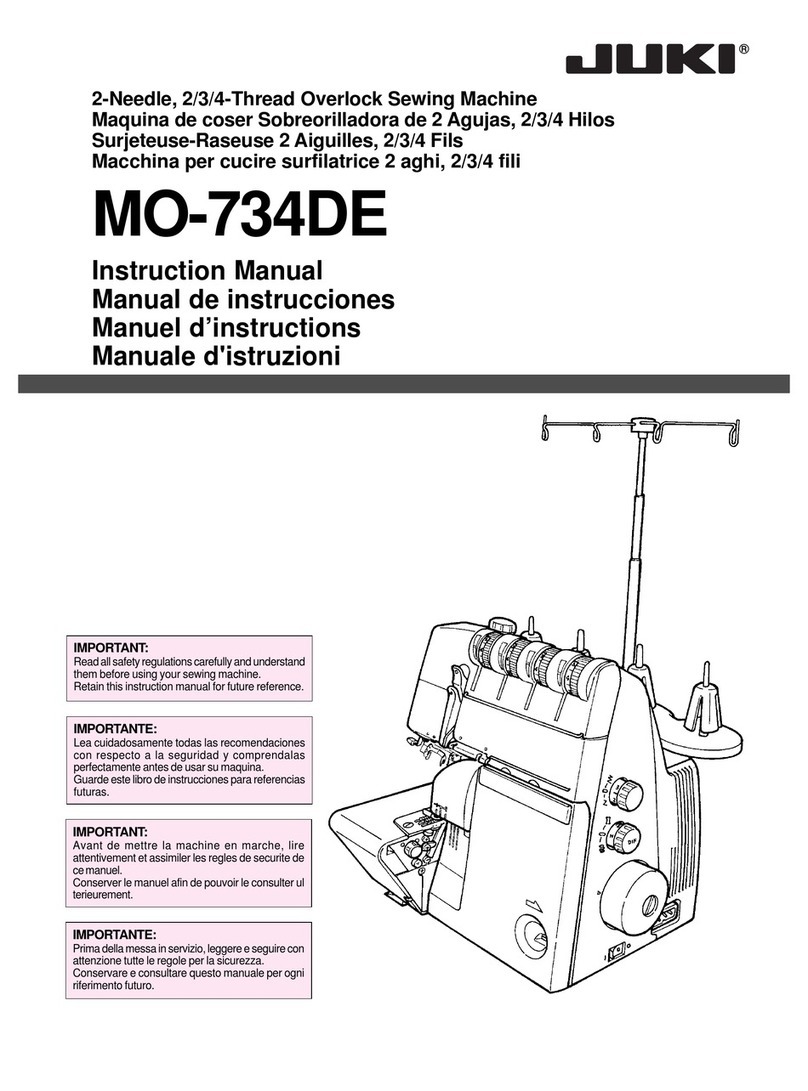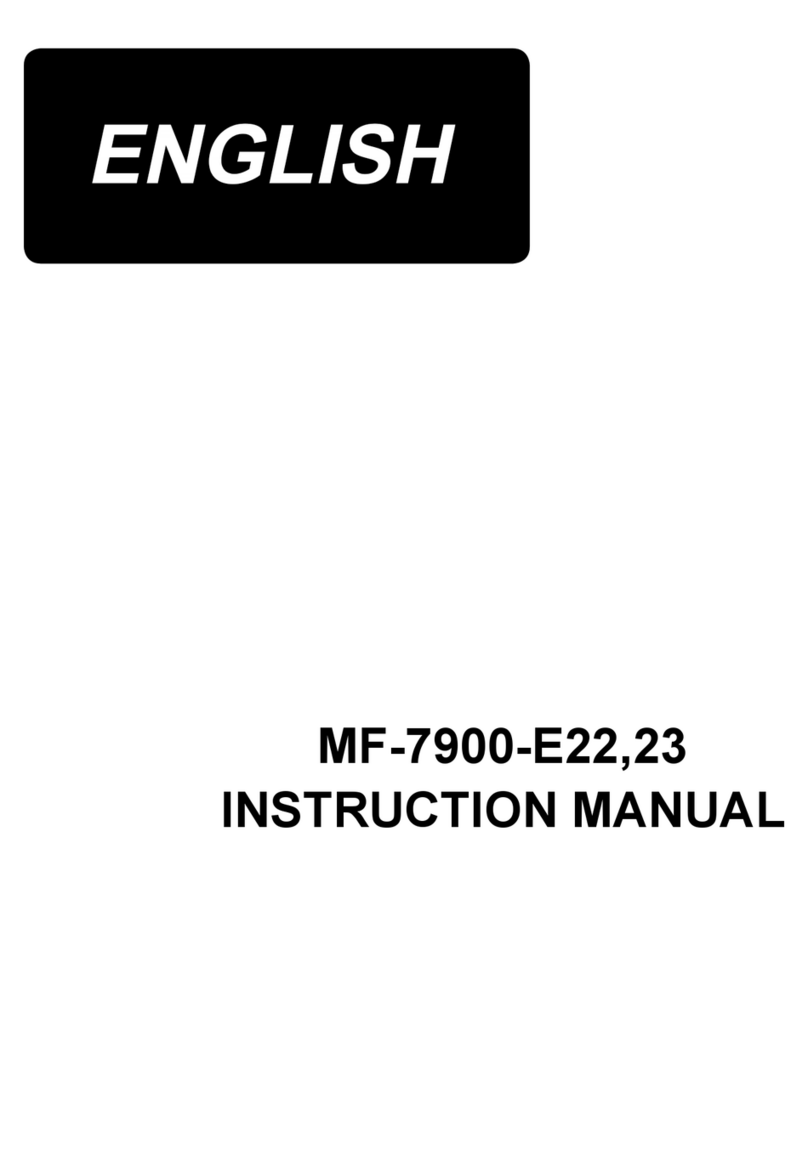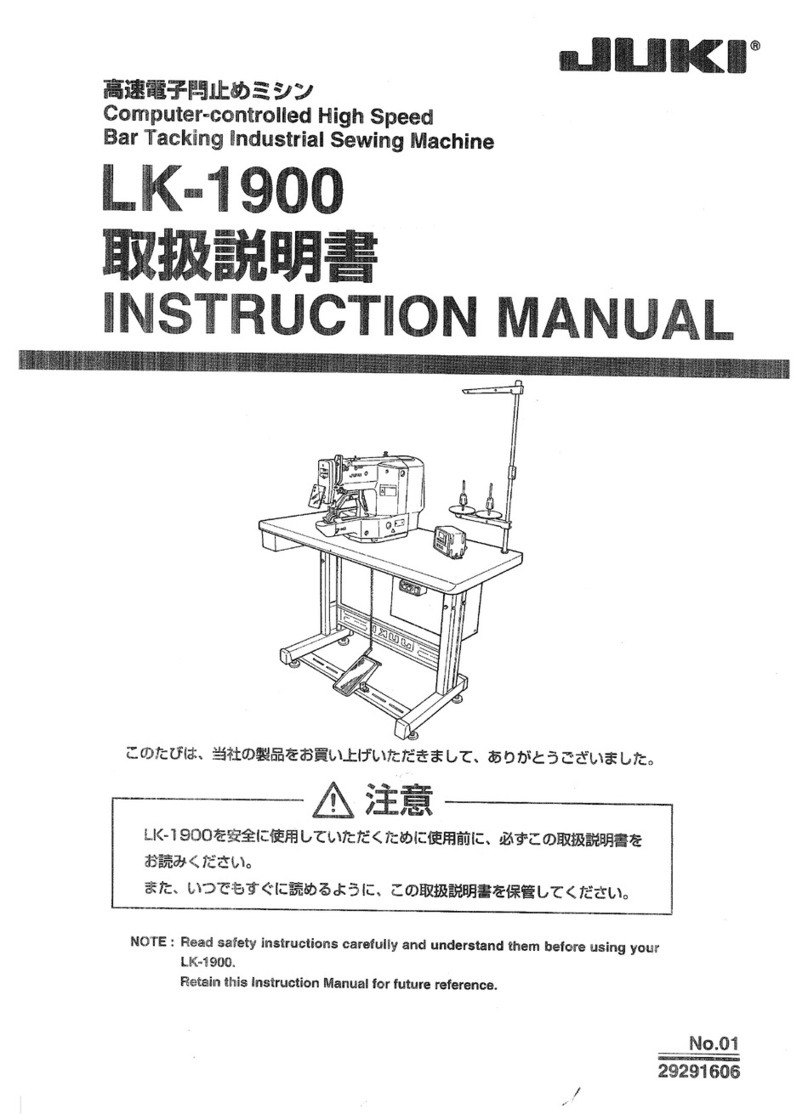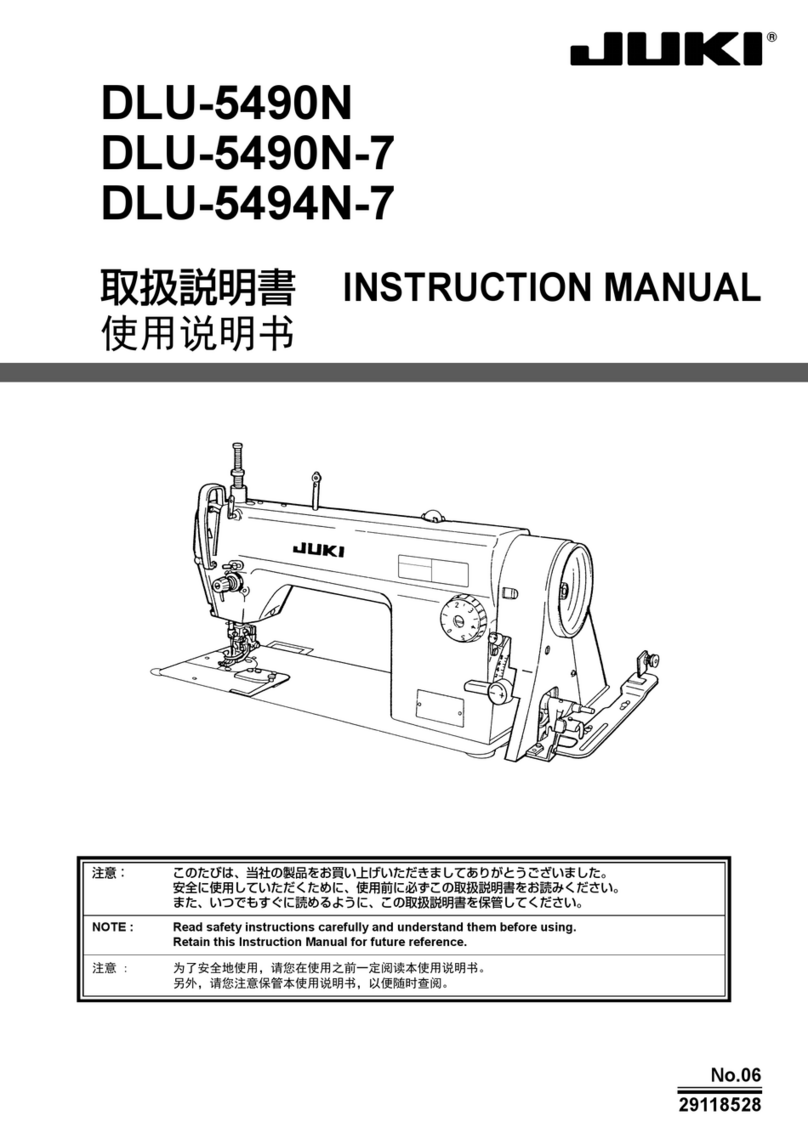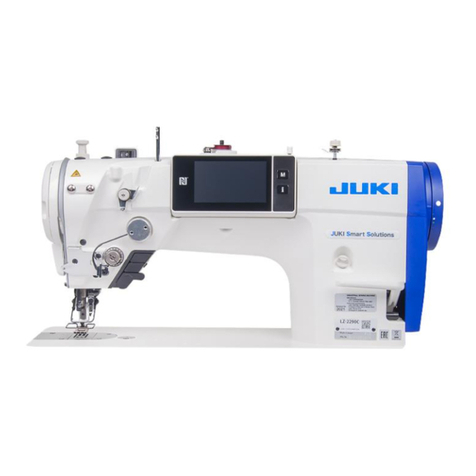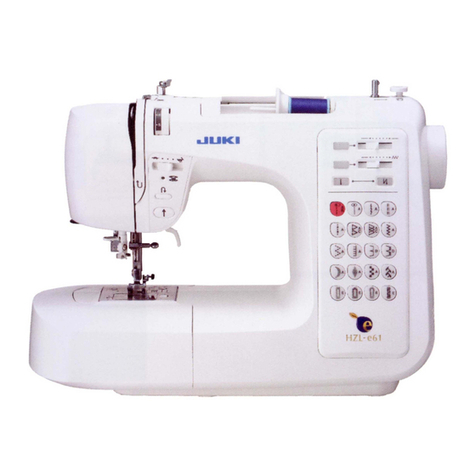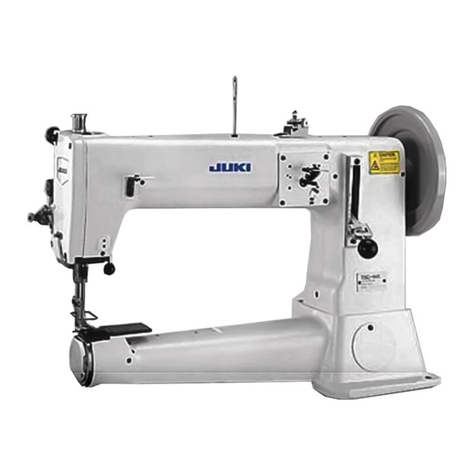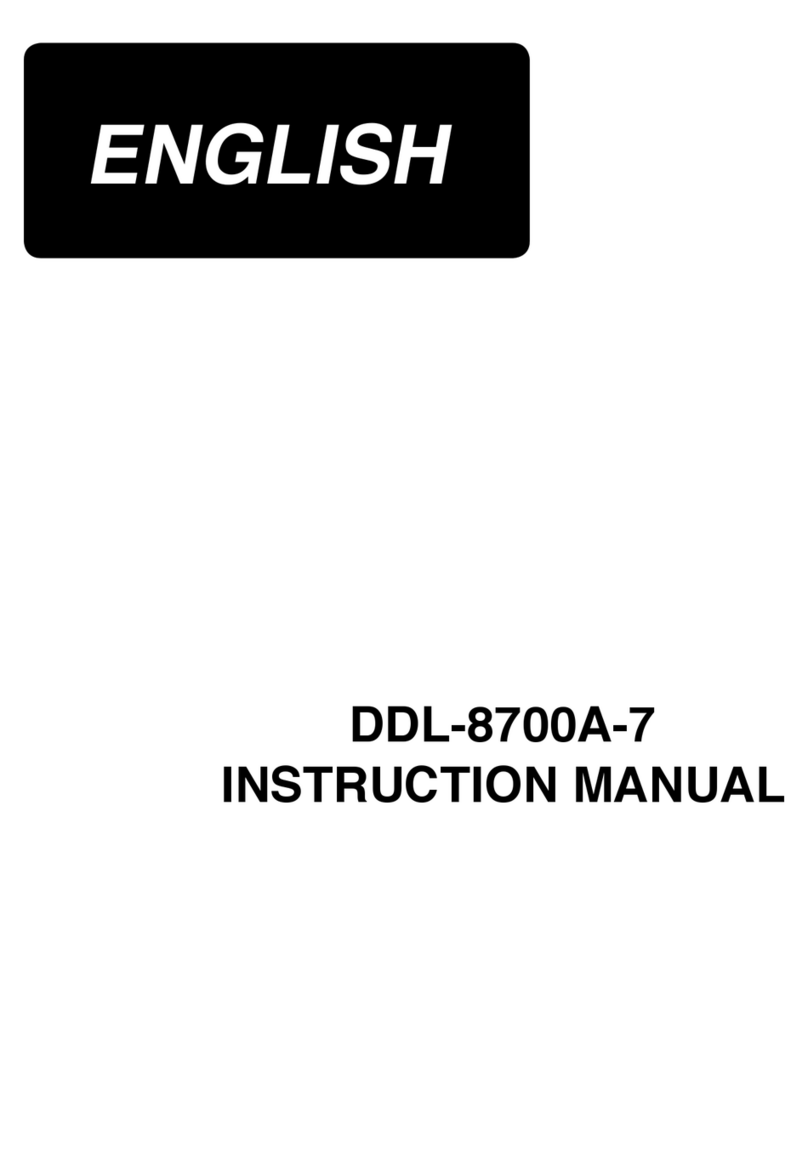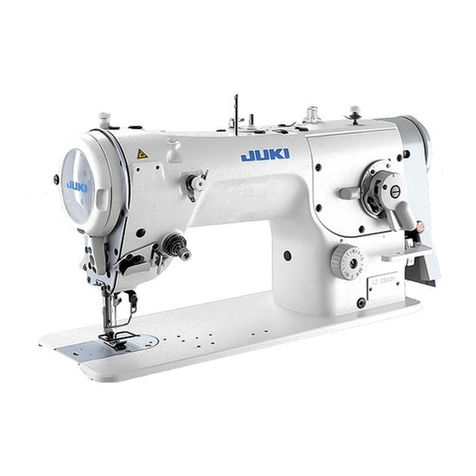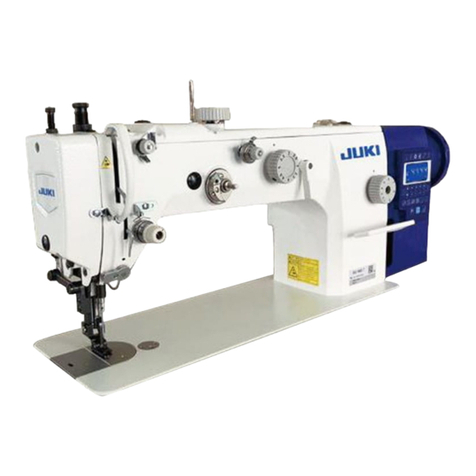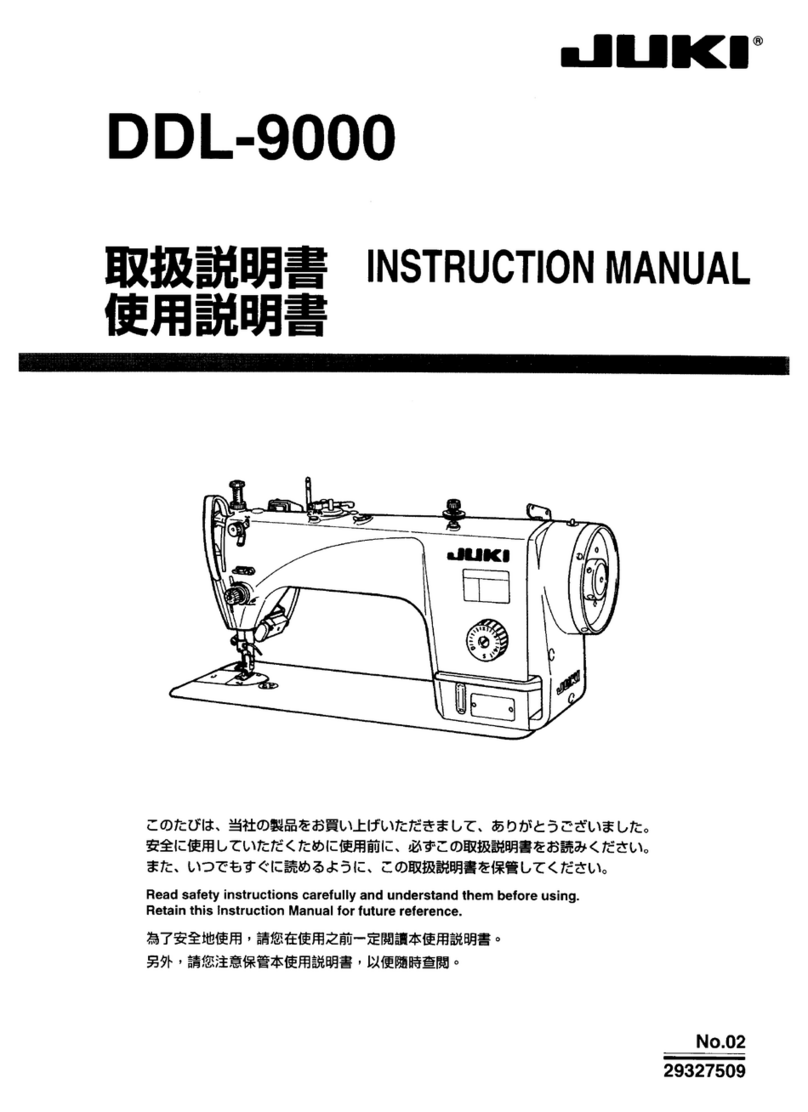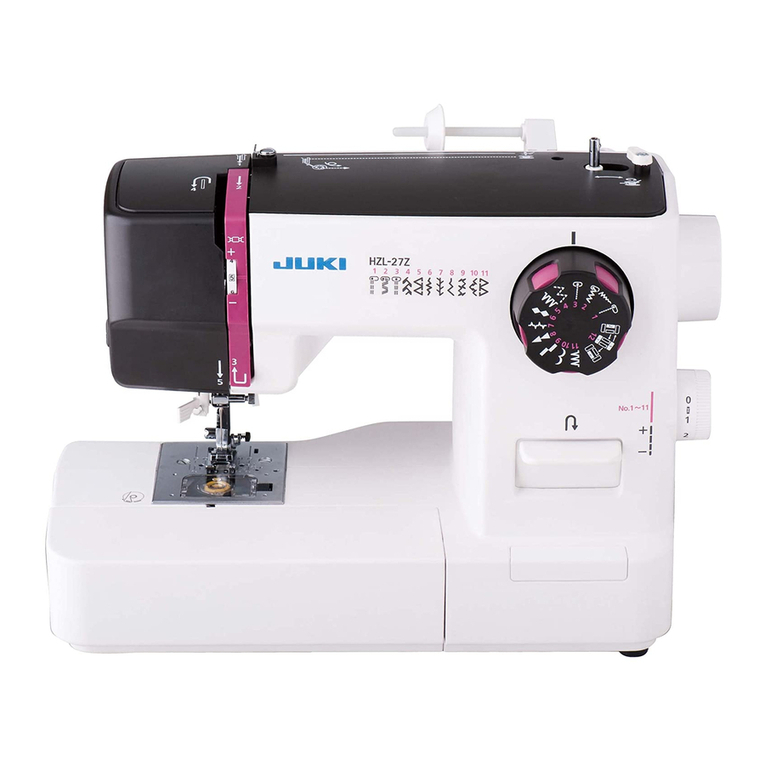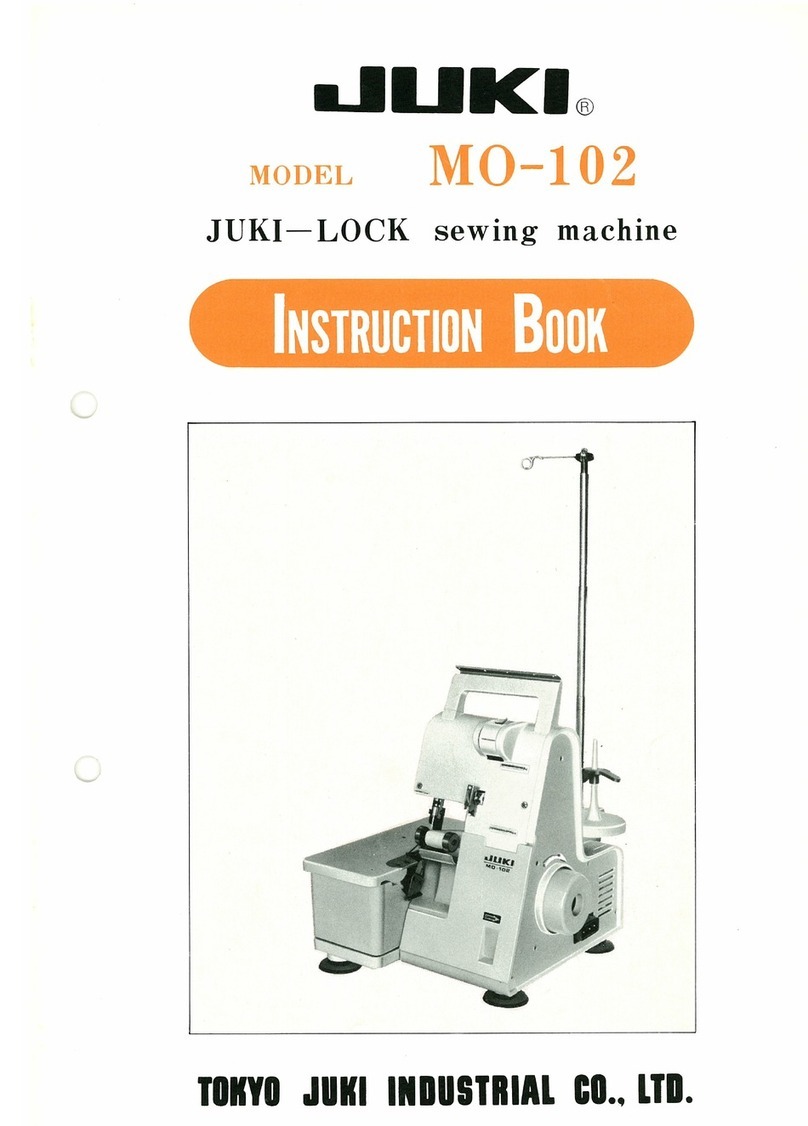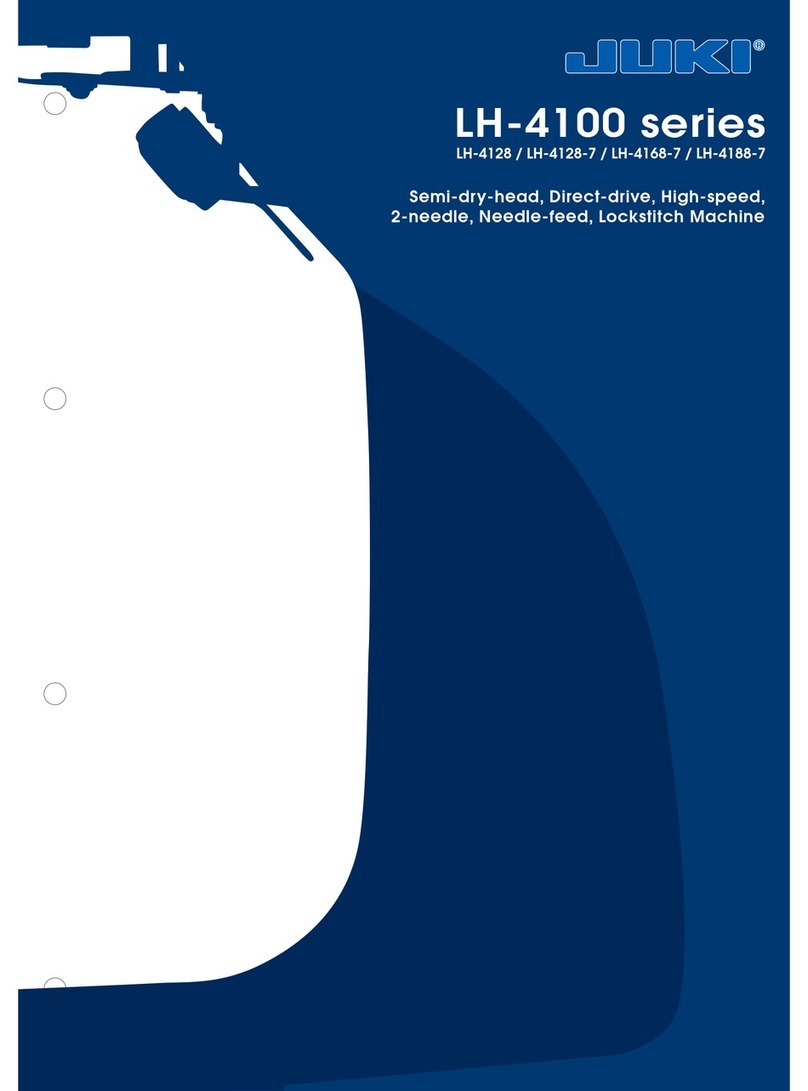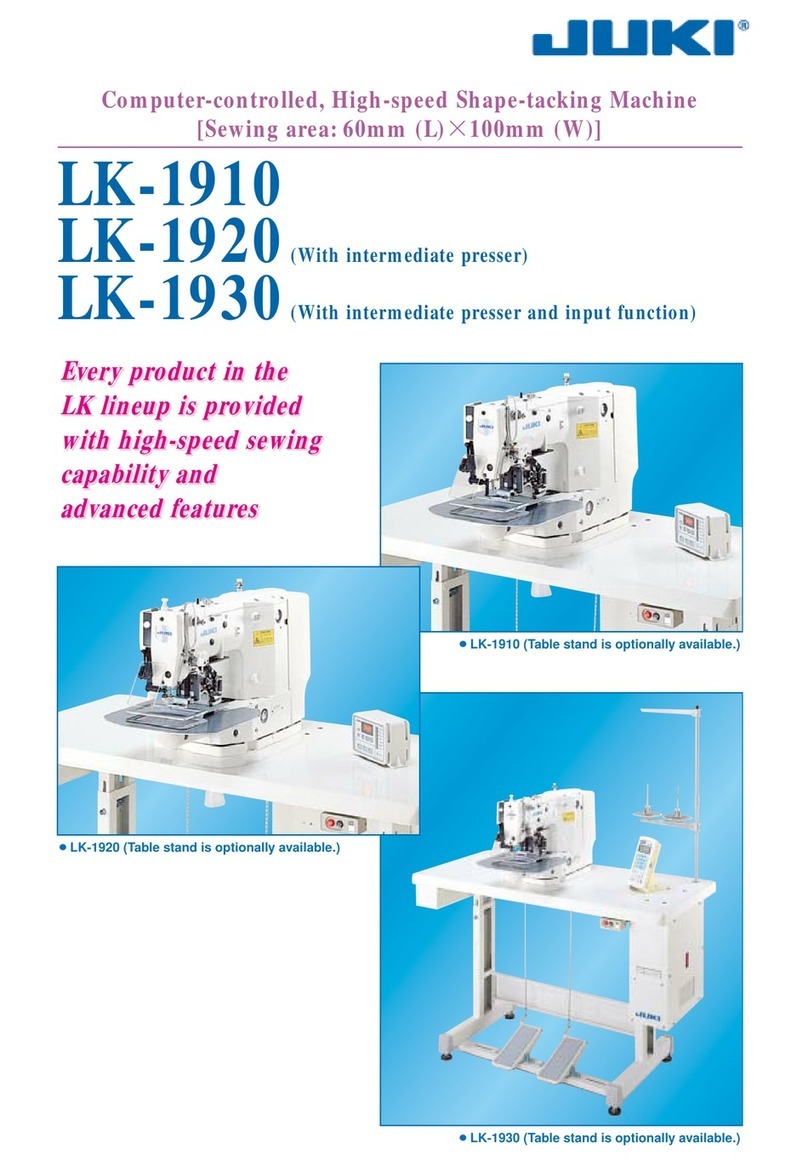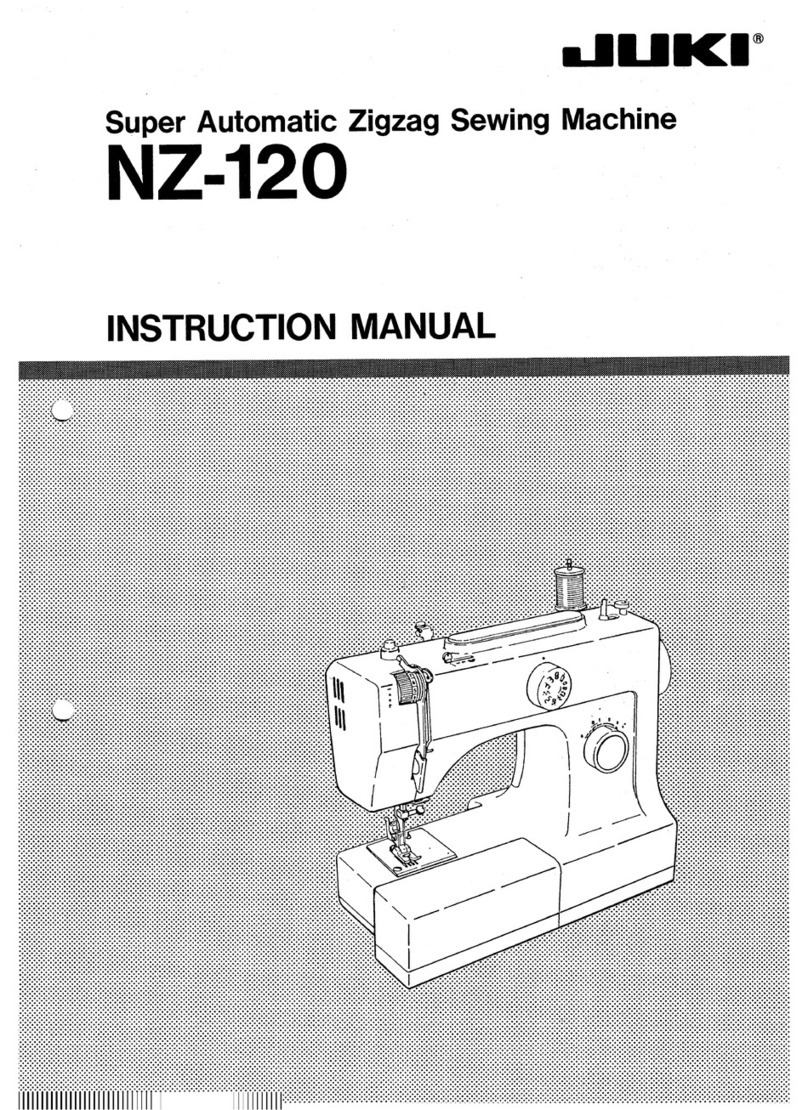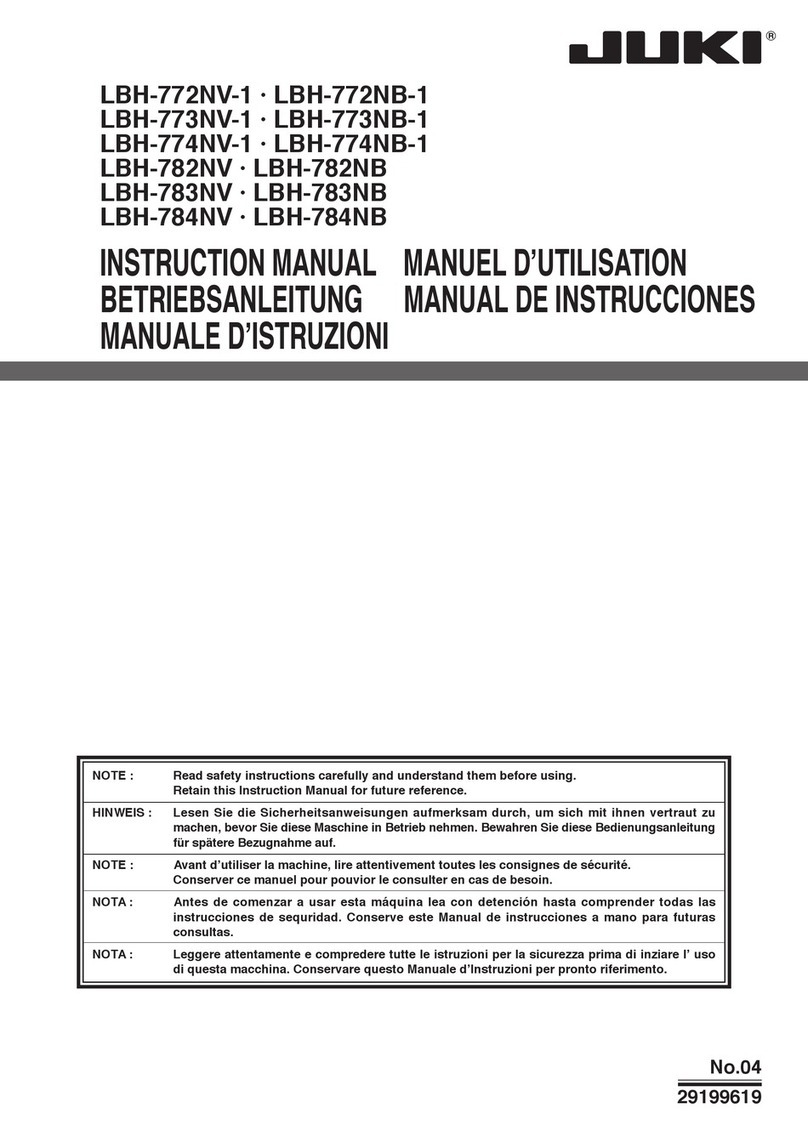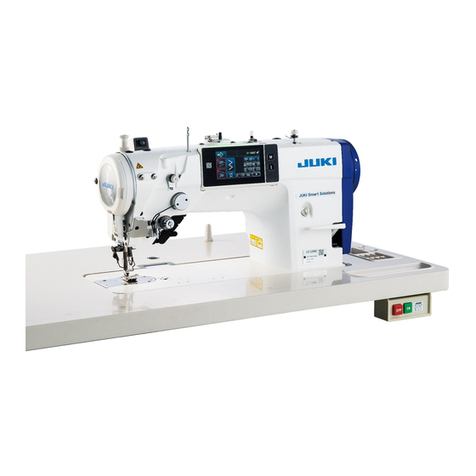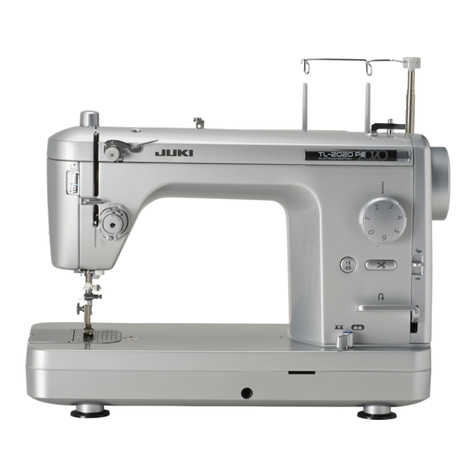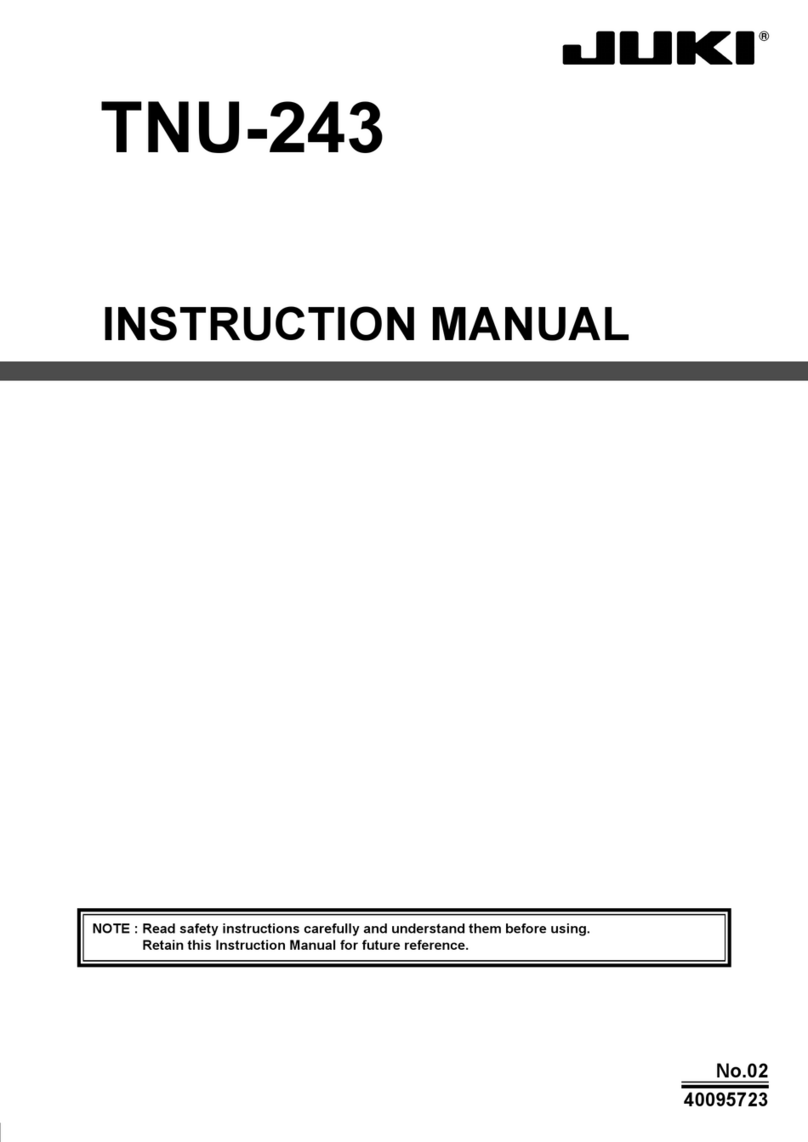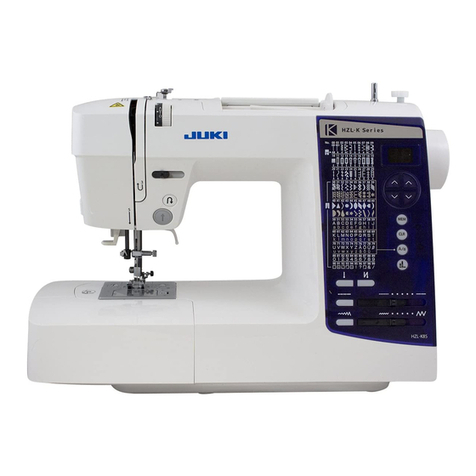
Be sure to observe the following to protect against a re, electrical shock, injury or damaged components.
* Be sure to unplug the machine before disassembly, assembly or adjustment of the machine.
* Be sure to carefully prevent electric cords from being caught, coated surfaces from being damaged
as well as wrong wiring during assembly.
* Be sure to use the proper genuine parts when changing any of the machine parts.
CAUTION:
CONTENTS
[1] Specications of HZL-NX7 ...................................................................................1
[2] Search by trouble (related to mechanical components) ...................................3
[3] Principal parts .......................................................................................................4
[4] Disassembling the machine covers ....................................................................5
[5] PCB connection diagram ...................................................................................10
[6] Adjustment ..........................................................................................................14
6-1 Adjusting the needle bar height ................................................................14
6-2 Adjusting the needle entry point ...............................................................15
6-3 Feed dog height ..........................................................................................16
6-4 Timing belt ...................................................................................................17
6-5 Feed timing ..................................................................................................17
6-6 Adjusting the shield ....................................................................................18
6-7 Hook driving shaft coupling and the lateral timing of the hook driving
shaft .............................................................................................................19
6-8 Timing between the needle and the hook .................................................20
6-9 Clearance between the needle and the blade point of hook ...................21
6-10 Position of the hook rotation stopper plate ...........................................22
6-11 Adjusting the bobbin thread tension .......................................................22
6-12 Adjusting the needle thread tension .......................................................23
6-13 Vertical position of the needle threading hook ......................................24
6-14 Adjusting the auxiliary hook height ........................................................25
6-15 Adjusting the opening amount of auxiliary hook ...................................26
6-16 Adjusting the presser bar height .............................................................26
6-17 Motor belt ...................................................................................................27
6-18 Longitudinal feed ......................................................................................28
6-19 Presser foot lifting ....................................................................................29
6-19-1 Position of the presser foot lifting motor .......................................29
6-19-2 Adjusting the height of the auto-lifter .............................................30
6-20 Thread trimming ........................................................................................31
6-20-1 Attaching/removing the thread trimmer unit ..................................31
6-20-2 Adjusting the thread trimming switch .............................................32
6-21 Attaching/removing the top feed dog .....................................................33
6-22 Position of the automatic DF motor ........................................................34
6-23 Service mode .............................................................................................35
6-23-1 Service mode screen ........................................................................35
6-23-2 Service-mode items and descriptions ............................................35
